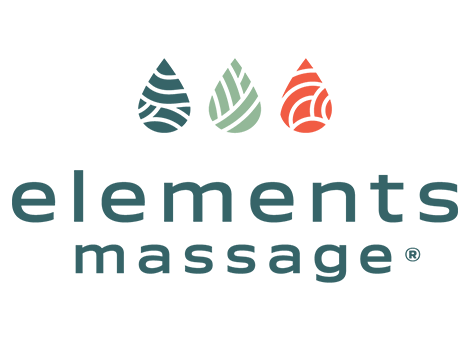The circulatory system, comprising the cardiovascular and lymphatic systems, is vital for maintaining homeostasis, delivering nutrients and oxygen to tissues, and removing waste products. Efficient circulation is crucial for health, recovery from injuries, and overall well-being. Massage therapy has been recognized for its significant benefits in enhancing both blood and lymph circulation, thereby supporting physiological functions and promoting healing.
Mechanisms Through Which Massage Therapy Improves Circulation
-
Manual Pressure and Muscle Manipulation: The application of manual pressure and manipulation of soft tissues during massage stimulates blood flow in the area being massaged. This increased local circulation can extend to the broader cardiovascular system, enhancing overall circulatory efficiency and delivering more oxygen and nutrients to tissues while facilitating waste removal (Field, 2014).
-
Stimulation of the Lymphatic System: Massage techniques, especially those that involve gentle, rhythmic strokes, can significantly stimulate the lymphatic system. This system is responsible for removing excess fluids, waste products, and toxins from the body's tissues. By promoting lymph flow, massage helps in reducing edema, supporting immune function, and speeding up the removal of metabolic waste (Field, 2016).
-
Reduction of Venous Congestion: By encouraging the flow of blood and lymph, massage therapy can alleviate congestion in veins and lymphatic vessels. This effect can be particularly beneficial for individuals with limited mobility or those recovering from surgery, as it prevents fluid buildup and supports efficient waste removal (Weerapong, Hume, & Kolt, 2005).
-
Enhancement of Vascular Function: Regular massage therapy can improve the elasticity and health of blood vessels, contributing to better vascular function. Healthy, elastic vessels can adapt more efficiently to the demands of circulation, supporting blood pressure regulation and overall cardiovascular health (Crane et al., 2012).
Scientific Evidence on Massage and Circulatory Enhancement
Research supports the positive impact of massage therapy on blood and lymph circulation. A study by Crane et al. (2012) demonstrated that massage therapy attenuates inflammatory signaling after exercise-induced muscle damage, partly by enhancing circulation and promoting the removal of inflammatory mediators.
Additionally, a clinical trial by Hinds, McEwan, and Perkes (2004) found that leg massage significantly improved limb blood flow, highlighting the direct impact of massage on enhancing circulation.
Furthermore, research by Field (2016) has shown that massage therapy leads to significant increases in lymph flow, suggesting that massage can be an effective intervention for conditions associated with lymphatic congestion.
Conclusion
Massage therapy offers substantial benefits in enhancing blood and lymph circulation, contributing to improved health, faster recovery from injuries, and enhanced well-being. Through mechanisms such as manual pressure, stimulation of the lymphatic system, reduction of venous congestion, and enhancement of vascular function, massage supports the body's natural processes for nutrient delivery and waste removal. The continued exploration of these benefits underscores the importance of massage therapy in health care and wellness practices.
References
- Crane, J. D., Ogborn, D. I., Cupido, C., Melov, S., Hubbard, A., Bourgeois, J. M., & Tarnopolsky, M. A. (2012). Massage therapy attenuates inflammatory signaling after exercise-induced muscle damage. Science Translational Medicine, 4(119), 119ra13.
- Field, T. (2014). Massage therapy research review. Complementary Therapies in Clinical Practice, 20(4), 224-229.
- Field, T. (2016). Massage therapy research review. Complementary Therapies in Clinical Practice, 24, 19-31.
- Hinds, T., McEwan, I., & Perkes, J. (2004). Effects of massage on limb and skin blood flow after quadriceps exercise. Medicine & Science in Sports & Exercise, 36(9), 1308-1313.
- Weerapong, P., Hume, P. A., & Kolt, G. S. (2005). The mechanisms of massage and effects on performance, muscle recovery, and injury prevention. Sports Medicine, 35(3), 235-256.

